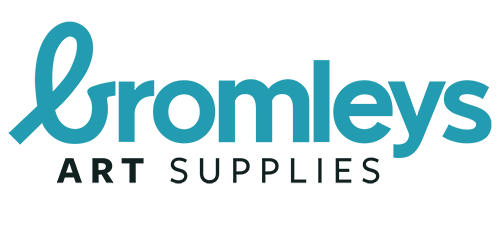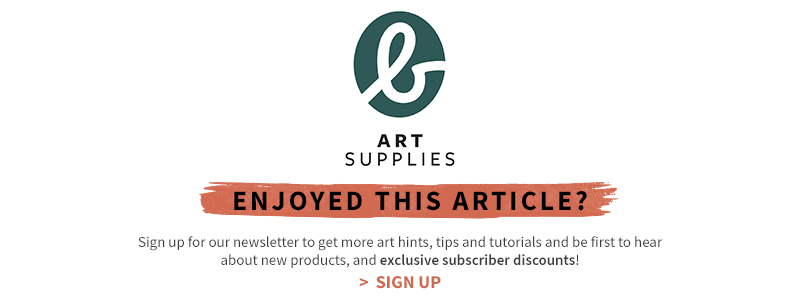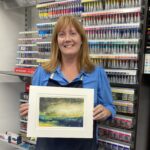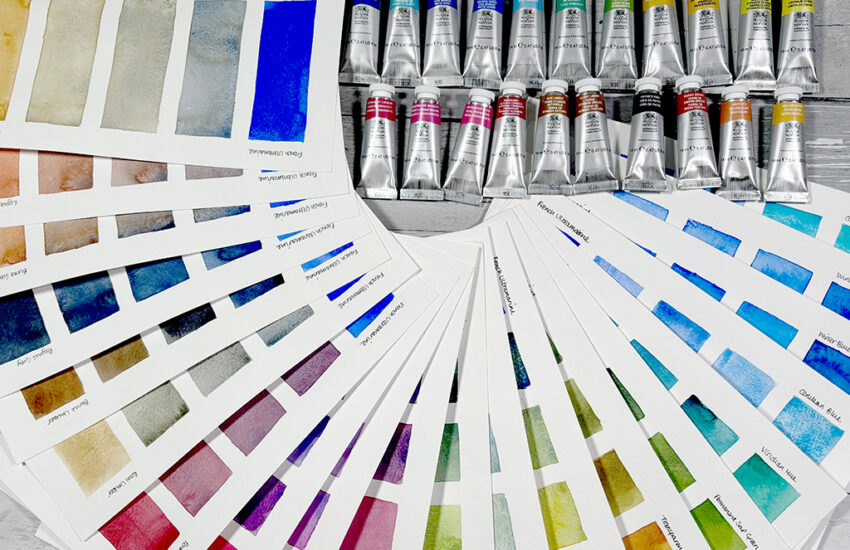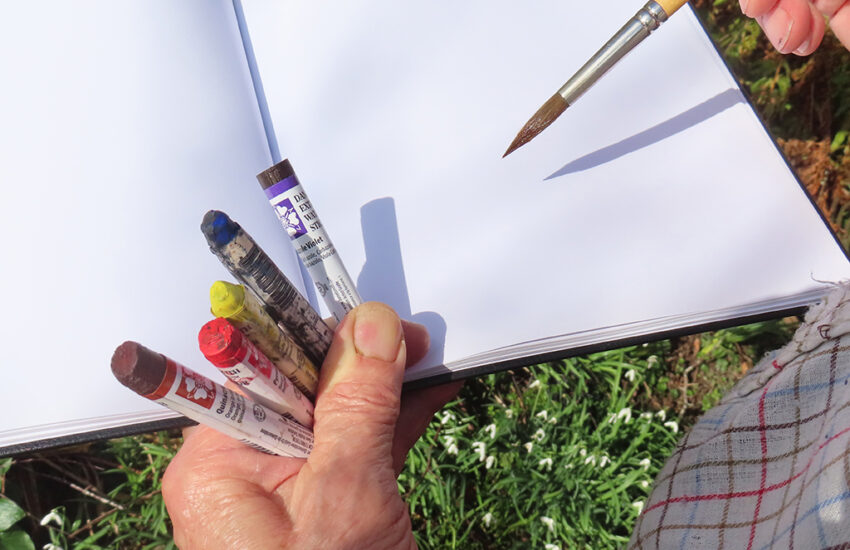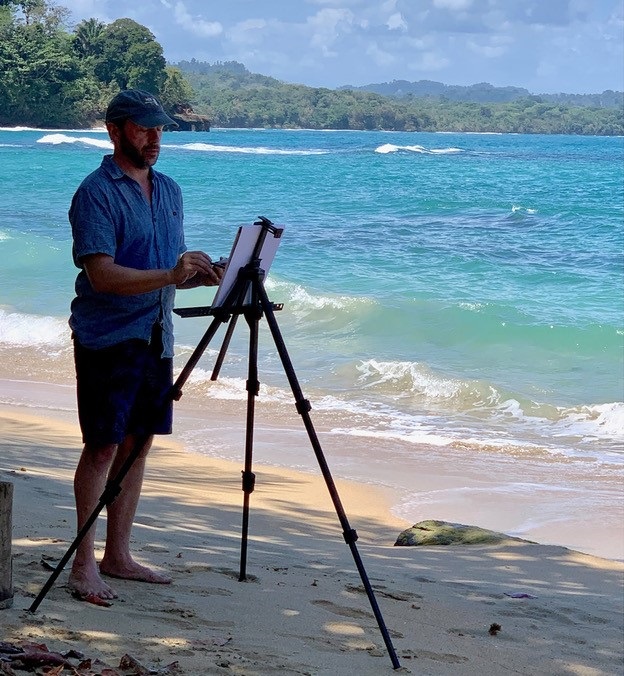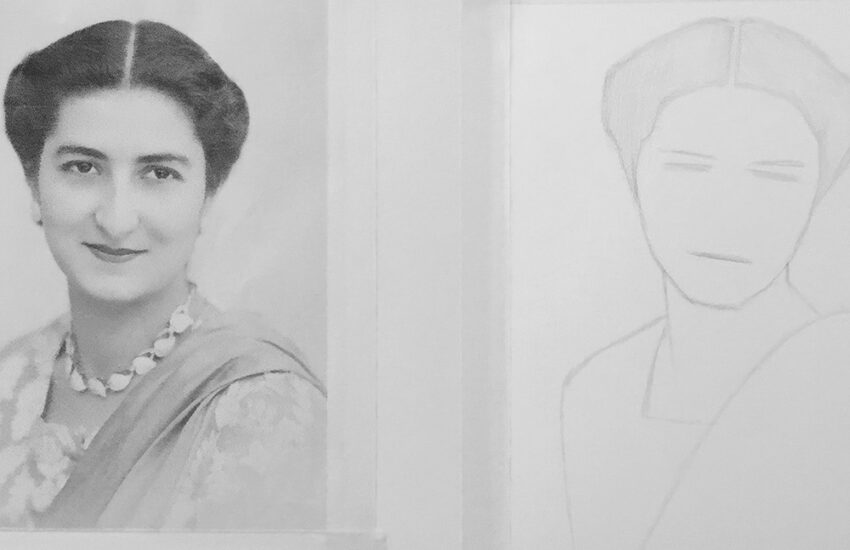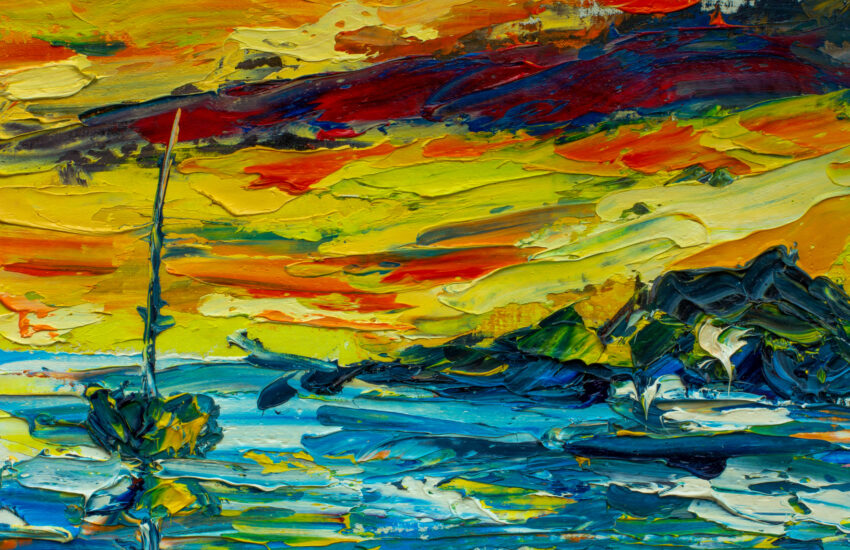8 Tips To Beat The Creative Block
Stuck in a rut? Sick of painting the same subject? Fed up of using the same materials or painting in the same style? Maybe you have carved out some time from your busy schedule and you’re now sat at your easel wondering what to do, but nothing springs to mind. There’s a big blank canvas staring back at you, the minutes slip away as you rack your brains wondering how to start. Lets face it, it’s not an uncommon problem faced by all artists, even professionals, at some point. So how do you make the most of the creative time you have?
1. Grab your sketchbook
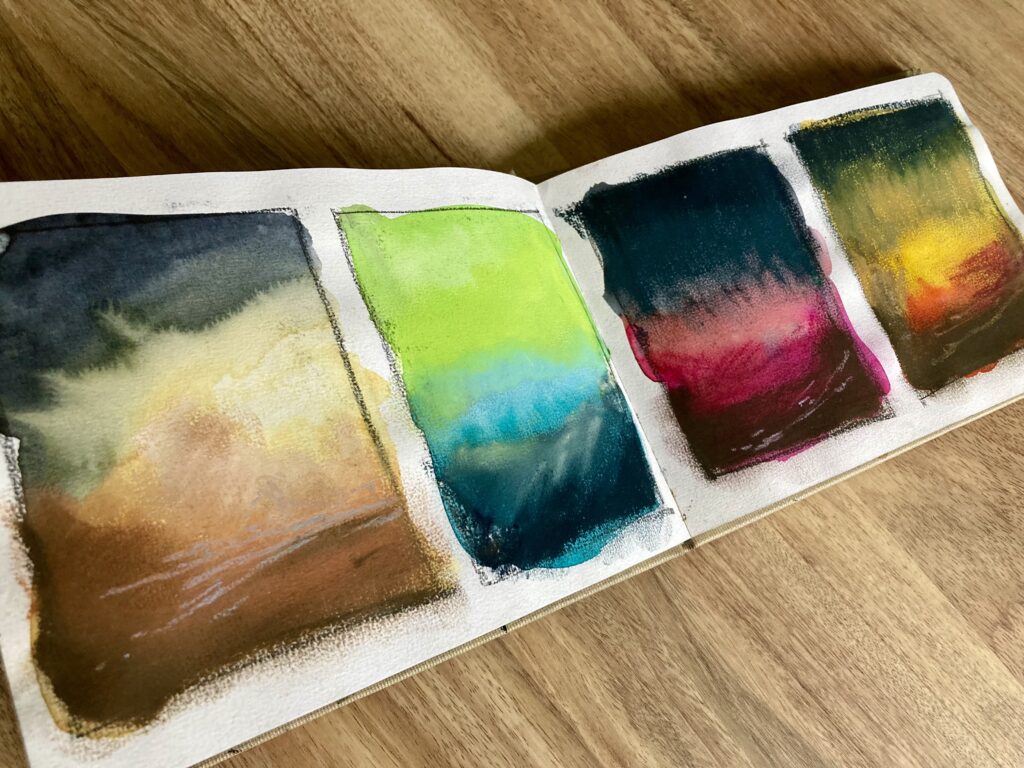
Do a quick sketch and if you have time develop it more fully. Or just play, enjoy using your art supplies. Experiment with media you don’t normally use. Grab a pencil or a piece of willow charcoal and do some simple mark making exercises. It’s a sketchbook so it doesn’t have to be perfect and no-one else needs to see it! Get into the habit of using your sketchbook or studio journal daily, record ideas, clip in inspirational images and test out colour palettes. This will help build a visual reference and guide further experimentation.
2. Go back to basics
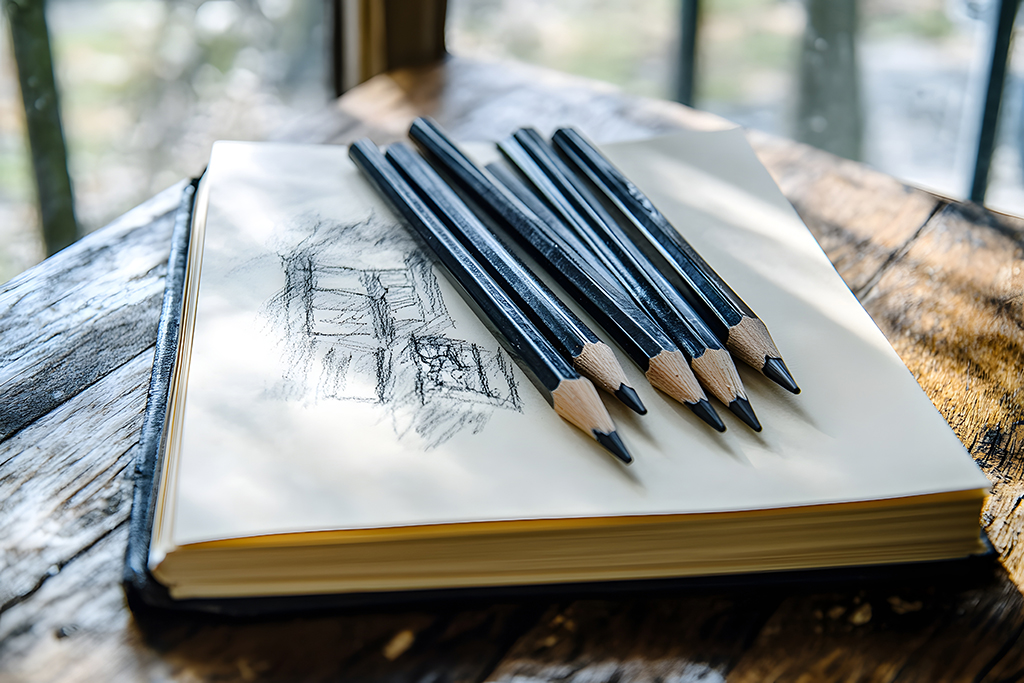
Drawing is the cornerstone of an artists practice. Taking time to hone your drawing skills is a good use of your time. So grab a pencil or a piece of charcoal and start sketching what’s in front of you, you could even try your hand at a self portrait. Drawing with your non dominant hand, or blind contour or continuous line drawings are all great warm up exercises. These develop your hand eye coordination, teach you to look more closely at your subject and relax your mind and muscles. A ten minute warm up mark making exercise might be all you need to get you into the right frame of mind to start on a finished piece.
Another technique is to set small, achievable goals. Break down your creative project into smaller tasks and focus on completing one at a time. This can make the overall process feel less overwhelming. Creative blocks often feel overwhelming because we put too much pressure on ourselves to produce something amazing. Instead, set small, manageable goals. For example, commit to drawing for just 10 minutes a day or creating a single quick sketch. These tiny victories can build momentum.
Don’t worry about the end result, enjoy the process of experimenting. Remember, there are no strict rules in art, and experimentation is all about finding what works for you. Don’t be afraid to take risks and trust your instincts.
3. Revisit old work
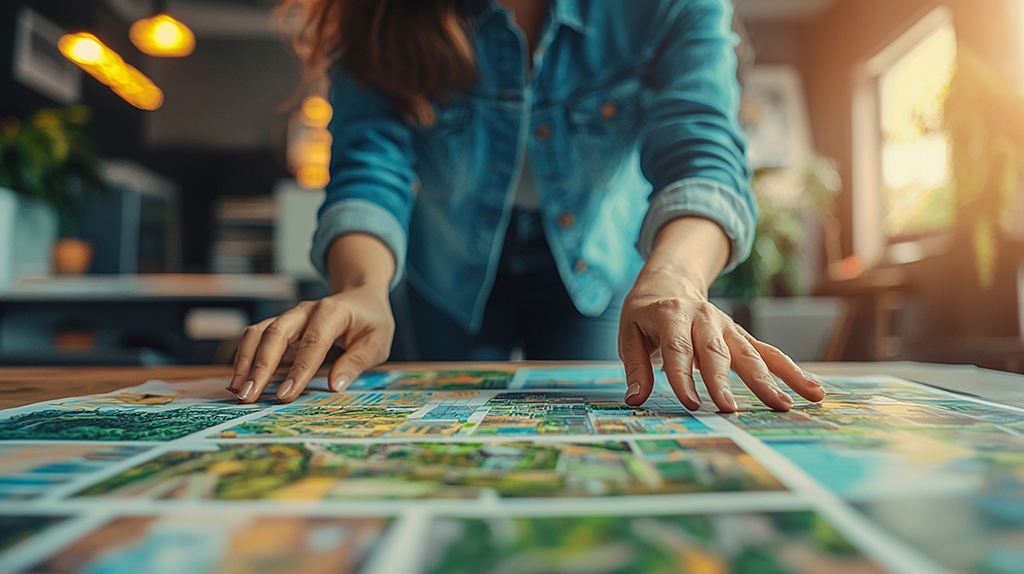
Looking back at your previous projects can remind you of how far you’ve come. Sometimes, revisiting an unfinished piece or reinterpreting an older work can reignite your passion and provide a sense of direction. Themes can emerge when going through old sketchbooks or studio journals. In addition you can often discover subjects or ideas that you didn’t fully explore at the time. Maybe now is the time to fully explore these unresolved ideas?
4. Experiment with colour or medium
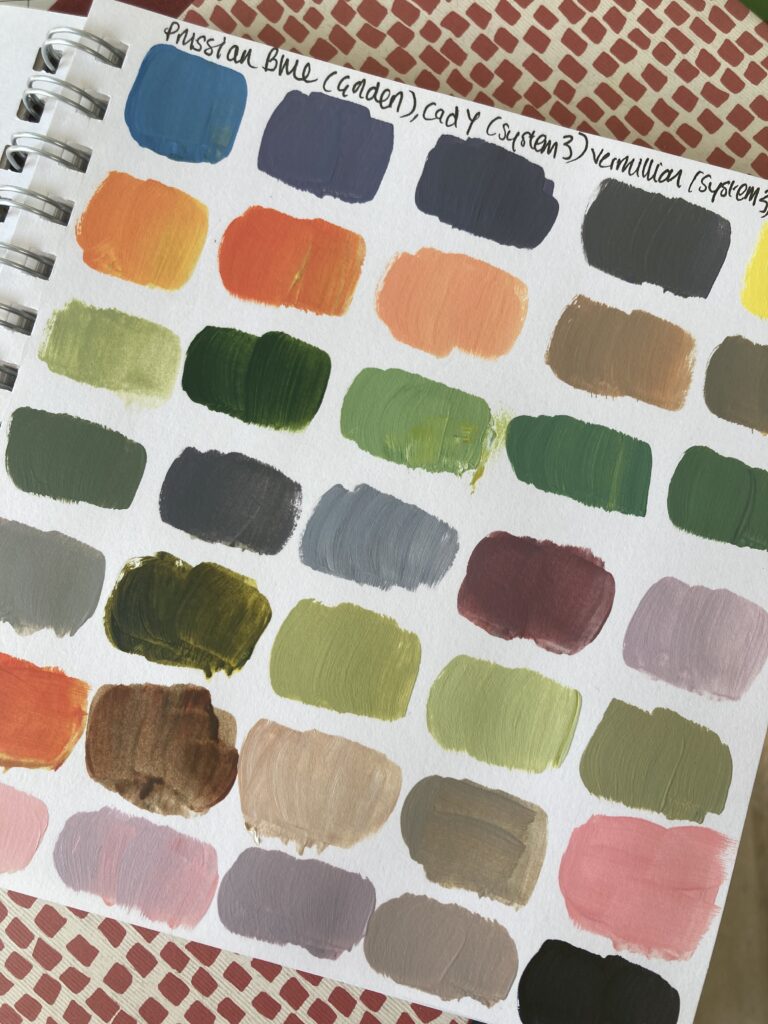
Experiment with your colour palette, have a dabble with colours you don’t normally use. Or try limiting your palette to primaries or off-primaries and come up with some new and exciting colours. Try different colour schemes like monochromatic (variations of a single color) or split-complementary (a base color and two adjacent to its complementary). This can give your work a cohesive and visually pleasing look. Experiment not only with different colors but also with their saturation (intensity) and value (lightness/darkness). Discovering a new and exciting colour palette might just be all you need to finding your mojo.
Trying out a different medium provides a relaxed approach to overcoming a creative block. If you normally work in watercolours, why not give oil or acrylic painting a go? Switching your medium can help you side step a creative block and still be productive with the time you have. Like me you probably have a drawer, or even a studio, full of materials you haven’t used for a long time. Try digging them out and having a play with them. Working with materials outside your normal comfort zone encourages you to work in different and unexpected ways.
There are a plethora of paint mediums on the market that change the consistency or look of your paint. There are acrylic mediums that add that little something special to a painting too like black lava gel, glass bead gel or iridescent medium. If you work in oils try out Cold Wax Medium, check out this blog post ‘How to Paint With Cold Wax Medium’ for some inspiration.
5. Seek inspiration
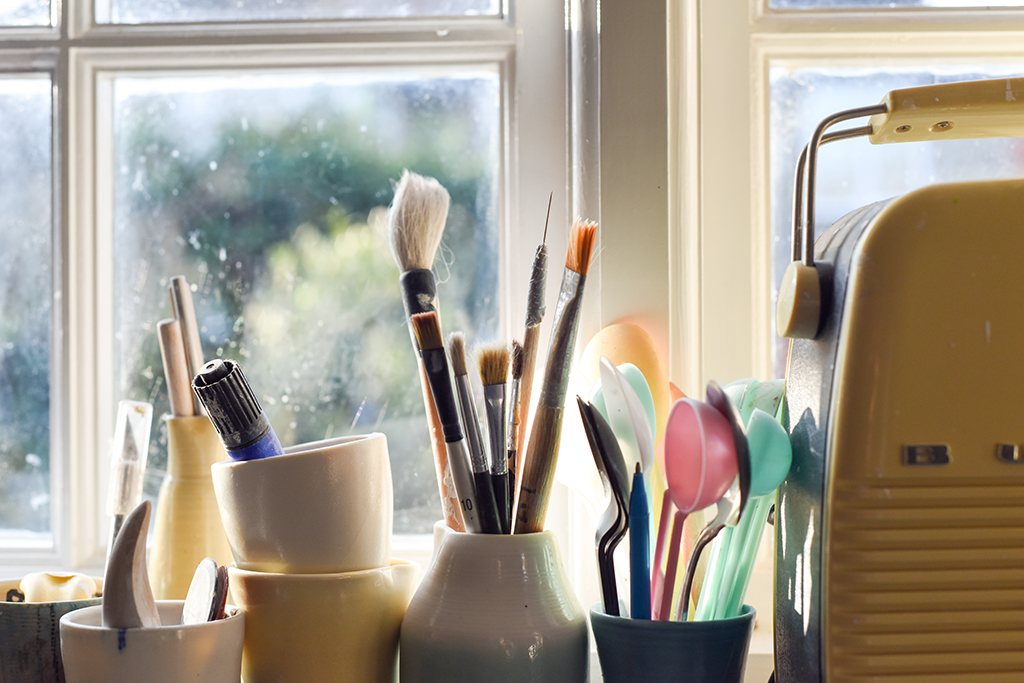
Switch on your radio or stream your favourite music. Whether is a piece of classical music or a thrash metal track, music can really alter the mood in your studio. If you’re already listening to music try turning it off! It’s about doing something different. There are some great podcasts out there too, my favourites are Ask An Artist, Art Juice and Talk Art. Podcasts can help improve focus and provide a fresh perspective on specific areas of your art practice. Above all, they aid relaxation which maybe just what you need to pick up a brush and get started on the blank canvas!
Read a magazine or book, it doesn’t have to be an art book, sometimes you can get your best ideas from completely different sources. Get absorbed in a historical novel or a book set on a distant shore. You could even try and illustrate a page from the book, or re-design the front cover!
Acquire some visual inspiration courtesy of Pinterest, Instagram or Youtube. Seeing different colours, patterns, and styles can spark new ideas. Sometimes a single image can trigger a fresh perspective. Social platforms are a great way to discover emerging trends in art, design, fashion, and photography, keeping you updated on what’s current. Many artists also post creative prompts that can give you a jumping-off point for a new painting.
6. Change your scenery
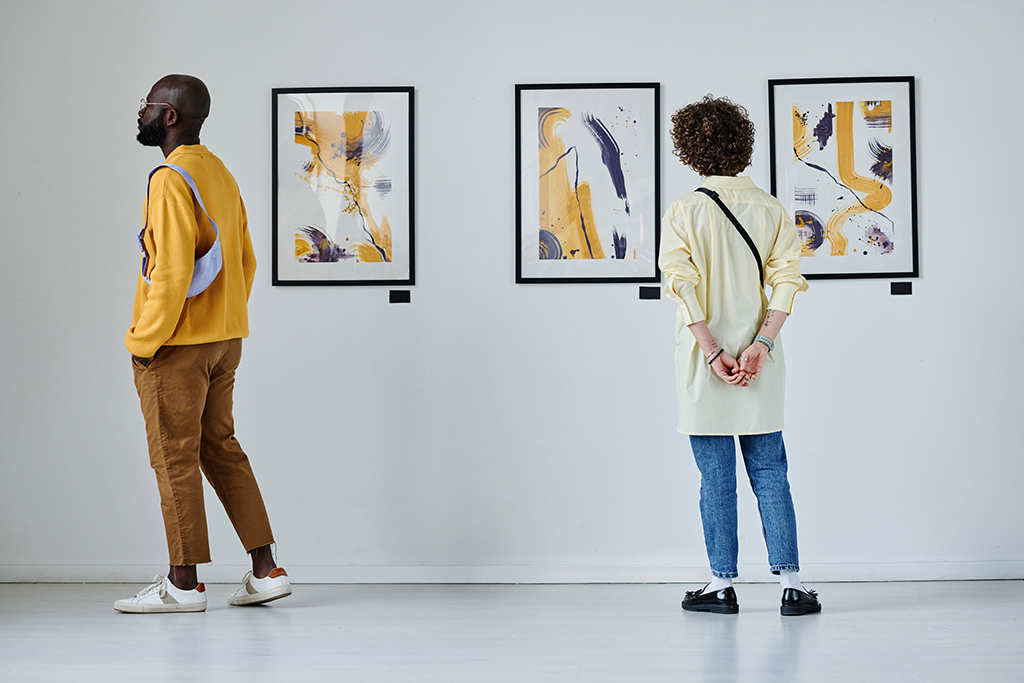
Sometimes, a change of scenery can make all the difference. If you usually work in a studio, try sketching in a park or visiting a museum or art gallery. Observe the use of colour in nature or in a painting you admire. Take note of what catches your eye and try to incorporate similar colour combinations into your own work. If you fancy a spot of outdoor painting you might find ‘Essential Art Materials for Travel’ blog post helpful. If you are stuck in the studio how about rearranging your workspace, decluttering and having a tidy up? New surroundings can stimulate fresh ideas and provide inspiration.
7. Collaborate or find a class
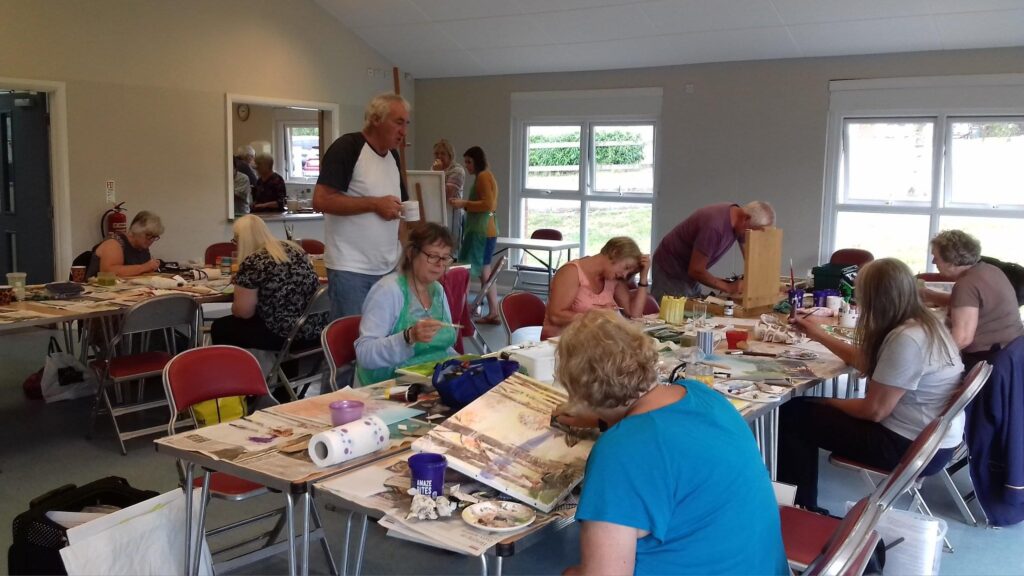
One of the most revolutionary art movements of the 20th Century was co-developed by Pablo Picasso and Charles Braque. Working closely over a period of six years to break traditional perspectives and explore geometric abstraction resulted in the birth of Cubism. Collaboration is a great way to overcome creative blocks. Art can be a solitary process, but collaborating adds an element of social connection and excitement. Working with others can bring new perspectives and ideas to the table.
I suspect there is at least one art group in nearly every town, we’ve featured a few in our local area on our blog. Joining a local art group is a great way to meet fellow creatives and to stretch your comfort zone by participating in a class using a different medium or an unfamiliar subject. Don’t be afraid to seek feedback or bounce ideas off the tutor or other members. I joined a local art group when I moved across the Pennines, not only did it encourage me to try out something different but I also greatly enjoyed the social aspect and being with like minded people. If you can’t get out to a local class, consider one of the many online art classes available. Online classes often include a facebook group where you can share your work and discuss topics of interest.
8. Accept the block and take a break
Finally, be reassured that creative blocks are a natural part of the artistic process. It does not mean you are a bad artist. Instead of fighting it, accept it as an opportunity to recharge and reflect. Often, the best ideas come when you stop forcing them. I hope that by trying out some of these strategies, you’ll find an approach that helps you. Please be patient with yourself, and bear in mind that every artist faces these challenges, but persistence and self-compassion will always lead you back to your creative flow.
If you have any great tips for getting out of a creative rut let us know and comment below I’d love to hear them.
